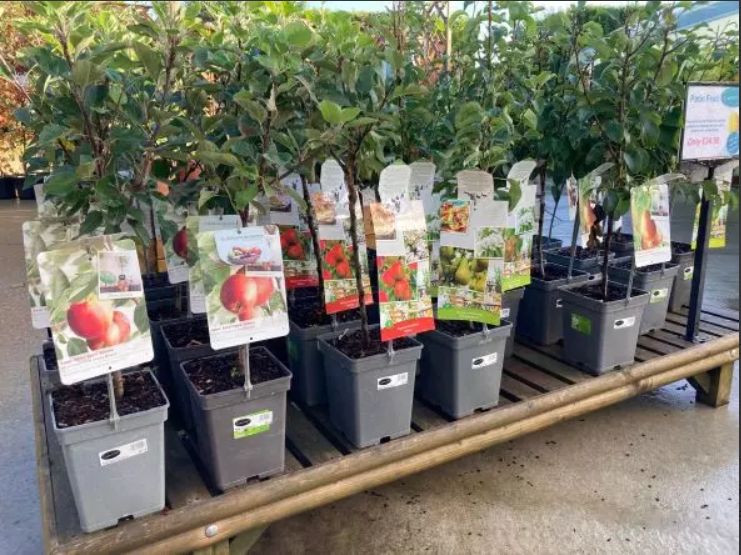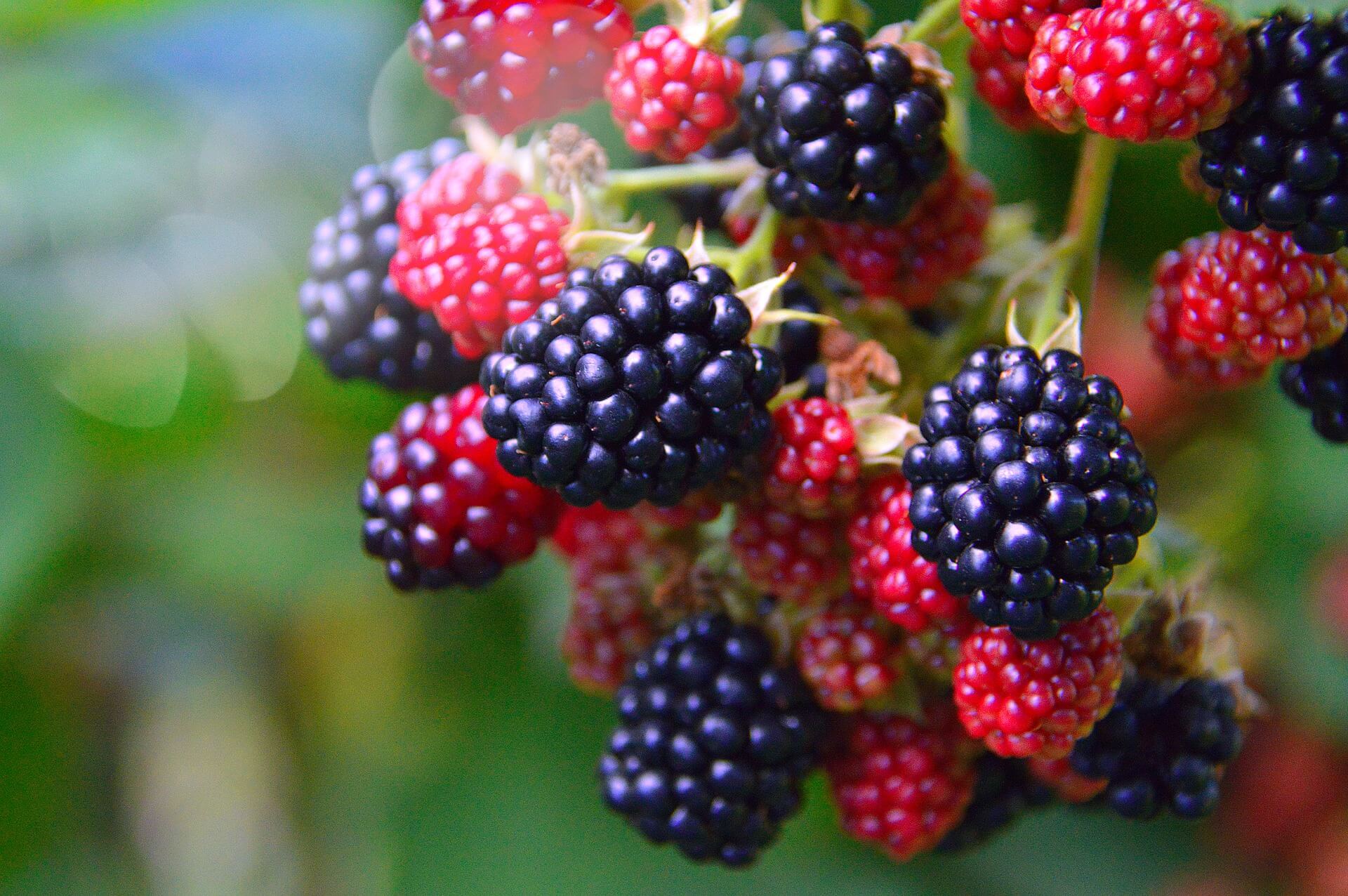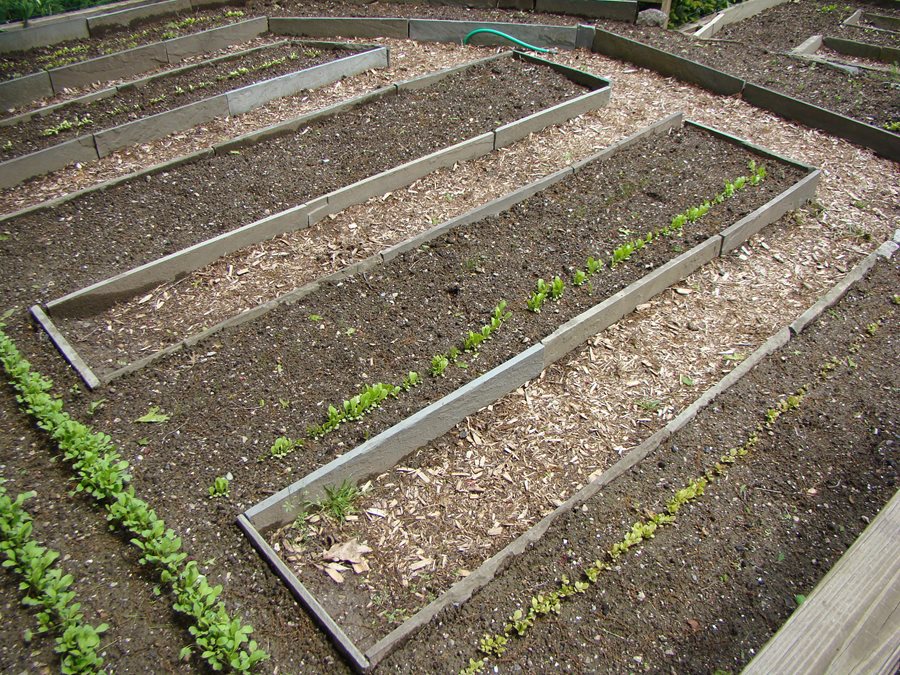How to Plant Fruit Bushes in Home Gardens: A Comprehensive Guide

Imagine transforming your home garden into a lush, edible oasis, bursting with the vibrant colors and sweet scents of ripe fruits. Planting fruit bushes is not just about growing food; it's about creating a living, breathing sanctuary that nourishes both body and soul. But where do you start? This guide will walk you through everything you need to know about planting fruit bushes in home gardens, from selection and soil preparation to spacing and maintenance. So, let's dive in and turn your garden into a fruity paradise!
Fruit Bush Selection: Choosing Your Garden's Stars
Before you dive into the planting process, you need to select the right fruit bushes for your home garden. Consider your climate, soil conditions, and personal preferences. Some popular choices include blueberries, raspberries, and blackberries. Each has its own care requirements, so do your research. The USDA Plant Hardiness Zone Map is a great resource to determine which fruits thrive in your area.
Understanding Your Climate
Different fruit bushes have different climate preferences. For instance, blueberries love acidic soil and cooler climates, while raspberries prefer well-drained soil and full sun. Understanding your climate will help you choose bushes that will thrive in your garden.
Soil Conditions Matter
The health of your soil is crucial for the success of your fruit bushes. Conduct a soil test to determine its pH level and nutrient content. This will guide you in selecting the right bushes and amending your soil accordingly.
Garden Soil Preparation: Laying the Foundation
Preparing your garden soil is like laying the foundation for a house. It's the base upon which your fruit bushes will grow and thrive. Here's how to get it right:
Testing and Amending Your Soil
Start by testing your soil's pH level. Most fruit bushes prefer slightly acidic soil, with a pH between 6.0 and 7.0. If your soil is too alkaline, you can amend it with sulfur or acidic compost. If it's too acidic, add lime.
Enriching Your Soil
Adding organic matter like compost or well-rotted manure can significantly improve your soil's fertility and structure. This will provide your fruit bushes with the nutrients they need to grow strong and healthy.
Fruit Bush Spacing: Giving Your Plants Room to Grow
Proper spacing is crucial for the health and productivity of your fruit bushes. Overcrowding can lead to competition for resources and increased risk of disease. Here are some general guidelines for spacing:
Blueberries
Highbush blueberries should be spaced about 4-5 feet apart, while lowbush varieties can be spaced 2-3 feet apart.
Raspberries
Raspberries can be planted 2-3 feet apart within rows, with rows spaced 6-8 feet apart.
Blackberries
Blackberries need plenty of room to grow. Space them about 5-6 feet apart within rows, with rows spaced 8-10 feet apart.
Home Garden Design: Creating a Fruitful Oasis
Designing your home garden is like painting a masterpiece. You want it to be both functional and aesthetically pleasing. Here are some tips to help you create a fruitful oasis:
Choosing the Right Location
Most fruit bushes need at least 6-8 hours of sunlight per day. Choose a location that gets plenty of sun and has good drainage.
Incorporating Companion Plants
Companion planting can help deter pests, improve soil health, and even enhance the flavor of your fruits. For example, planting marigolds near your fruit bushes can help repel nematodes, while mint can attract beneficial insects.
Fruit Bush Maintenance: Caring for Your Garden
Once your fruit bushes are planted, they'll need regular care to stay healthy and productive. Here are some key maintenance tasks:
Watering
Fruit bushes need consistent moisture, especially during the growing season. Aim for about 1 inch of water per week, either from rainfall or irrigation.
Mulching
Mulching around your fruit bushes can help retain moisture, suppress weeds, and regulate soil temperature. Use organic mulch like wood chips or straw.
Pruning
Pruning is essential for maintaining the health and productivity of your fruit bushes. It helps control their size, encourages new growth, and improves fruit production. The University of Minnesota Extension offers excellent guides on pruning different types of fruit bushes.
Fertilizing
Fruit bushes need regular fertilization to stay healthy and productive. Use a balanced, slow-release fertilizer in early spring, and follow the manufacturer's instructions for application rates.
Conclusion: Embrace the Fruits of Your Labor
Planting fruit bushes in your home garden is a rewarding journey that combines the joy of gardening with the satisfaction of growing your own food. By carefully selecting your bushes, preparing your soil, spacing them correctly, designing a functional and beautiful garden, and providing regular maintenance, you can create a lush, edible oasis that will delight your senses and nourish your body.
So, what are you waiting for? Grab your gardening gloves, roll up your sleeves, and get ready to transform your home garden into a fruity paradise!
FAQs
What is the best time to plant fruit bushes?
- The best time to plant fruit bushes is in early spring or fall, when the weather is cool and the soil is moist. This gives the bushes time to establish their root systems before the heat of summer or the cold of winter.
How long does it take for fruit bushes to produce fruit?
- The time it takes for fruit bushes to produce fruit varies depending on the type of bush and its age. Generally, you can expect to see fruit within 1-3 years after planting.
Can I grow fruit bushes in containers?
- Yes, many fruit bushes can be grown in containers. Choose dwarf or compact varieties, and make sure your container has good drainage and is large enough to accommodate the bush's root system.
How do I protect my fruit bushes from pests and diseases?
- Regularly inspect your fruit bushes for signs of pests and diseases. Use organic or chemical pesticides as needed, following the manufacturer's instructions. Practice good garden hygiene by removing dead leaves and debris, and rotate your crops to prevent the buildup of pests and diseases.
What should I do if my fruit bushes aren't producing fruit?
- If your fruit bushes aren't producing fruit, there could be several reasons. Ensure they are getting enough sunlight, water, and nutrients. Check for pests and diseases, and make sure you are pruning them correctly. If the problem persists, consult a local gardening expert or extension service for advice.


0 Response to "How to Plant Fruit Bushes in Home Gardens: A Comprehensive Guide"
Post a Comment